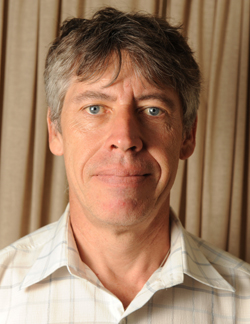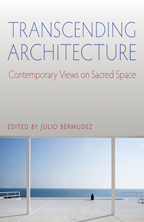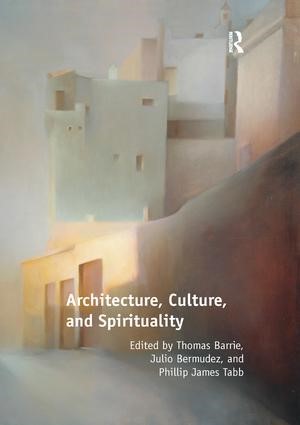

In an article published on the Faith & Form website, Bermudez explores both objective and subjective ways of understanding the central role of sacred places in architecture and culture.
Learn More
Transcending Architecture considers the mysterious, profound, and real power of designed environments to address the spiritual dimension of our humanity. By incorporating perspectives from within and without architecture, the book offers a wide, critical, and nuanced understanding of the lived relationship between the built and the numinous worlds.
Learn MoreBuilt environments can induce contemplative states, but direct evidence for their impact on the brain is lacking. This exploratory work investigated brain correlates of internal states elicited by architecture designed for contemplative experience. Functional MRI and self-reports of 12 architects were assessed to study their responses to photographs of ordinary and contemplative architectures. Images of contemplative buildings: (1) induced attentive, receptive, and absorbing experiences and diminished internal dialogue; (2) involved decreased engagement of prefrontal cortex; and (3) activated the occipital lobe, precentral gyrus, and inferior parietal lobule. They suggest that viewing buildings designed for contemplation may evoke experiential and brain signatures that consistently differ from those induced by buildings that serve everyday functions. The depth of such externally induced states was inversely correlated with the engagement of the Default Mode Network. Our study points toward a novel avenue for investigating how contemplation can be cultivated in the human brain/mind.
Learn MorePresented at Simposio Urbanistica Spiritualita E Benessere.
Learn More
Architecture has long been understood as a cultural discipline able to articulate the human condition and lift the human spirit, yet the spirituality of architecture is rarely directly addressed in academic scholarship. The seventeen chapters provide a diverse range of perspectives, grouped according to topical themes: Being in the World; Sacred, Secular, and the Contemporary Condition; Symbolic Engagements; Sacred Landscapes; and Spirituality and the Designed Environment. Even though the authors’ approach the subject from a range of disciplines and theoretical positions, all share interests in the need to rediscover, redefine, or reclaim the sacred in everyday experience, scholarly analysis, and design.
Published by Routledge.
Learn More